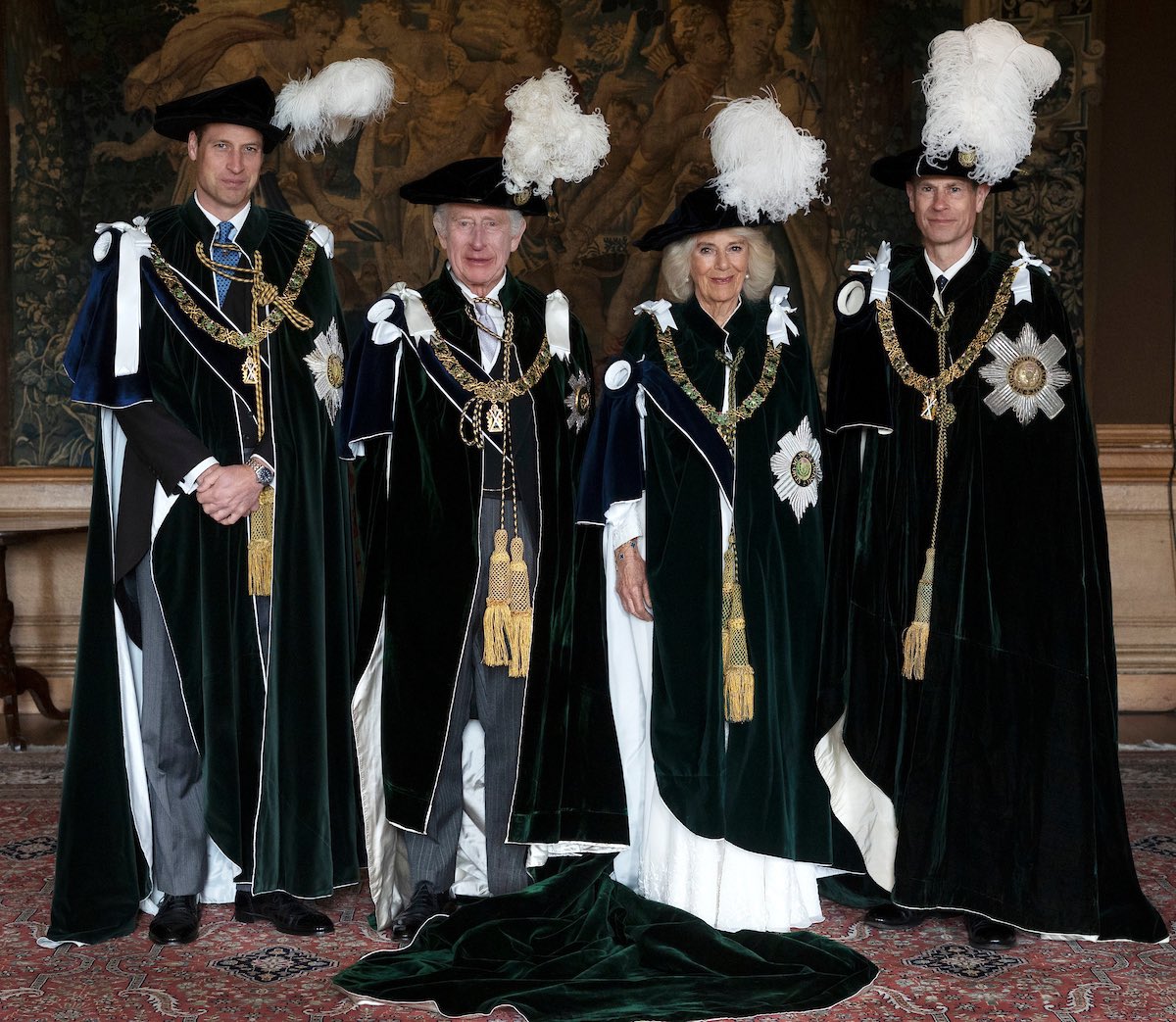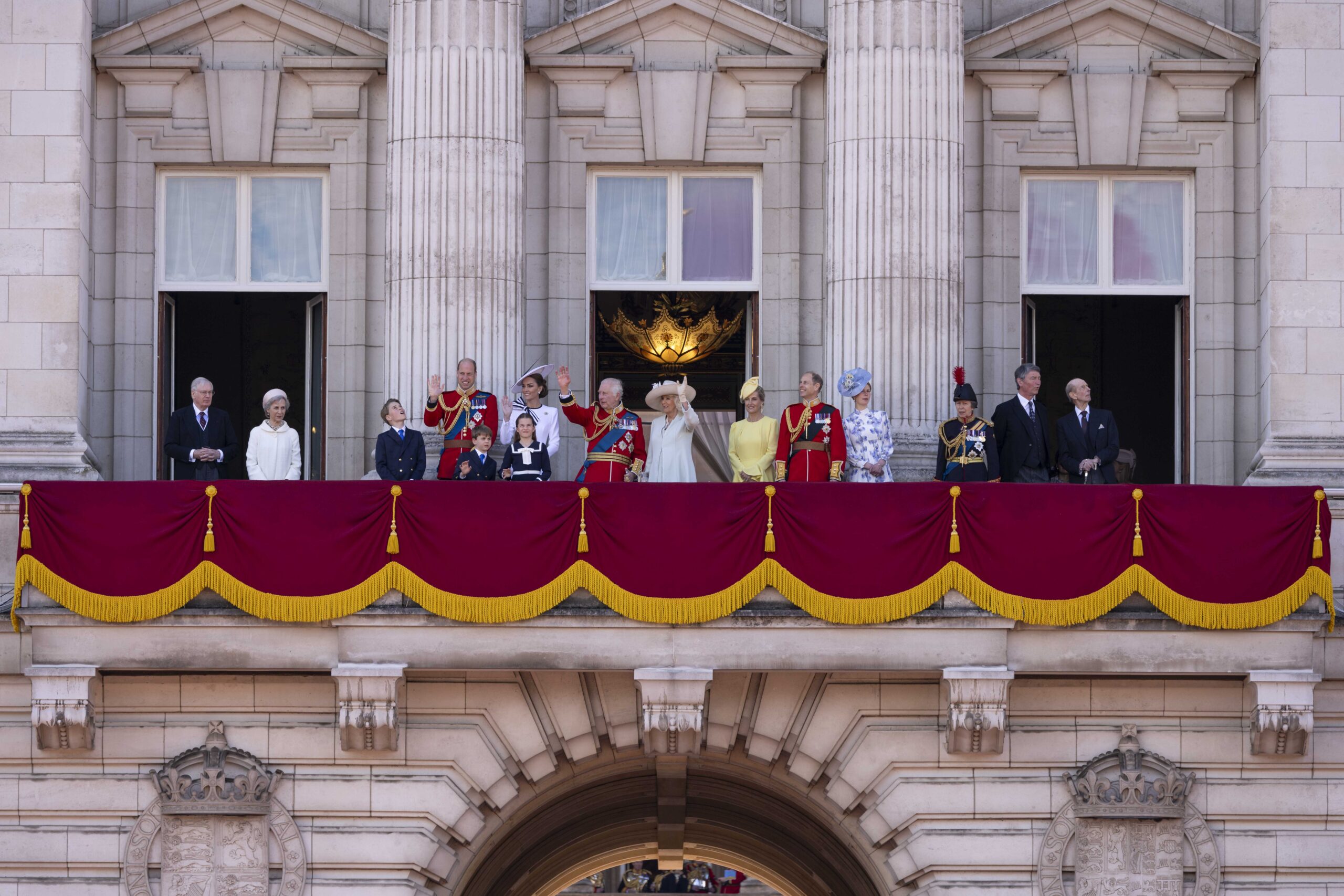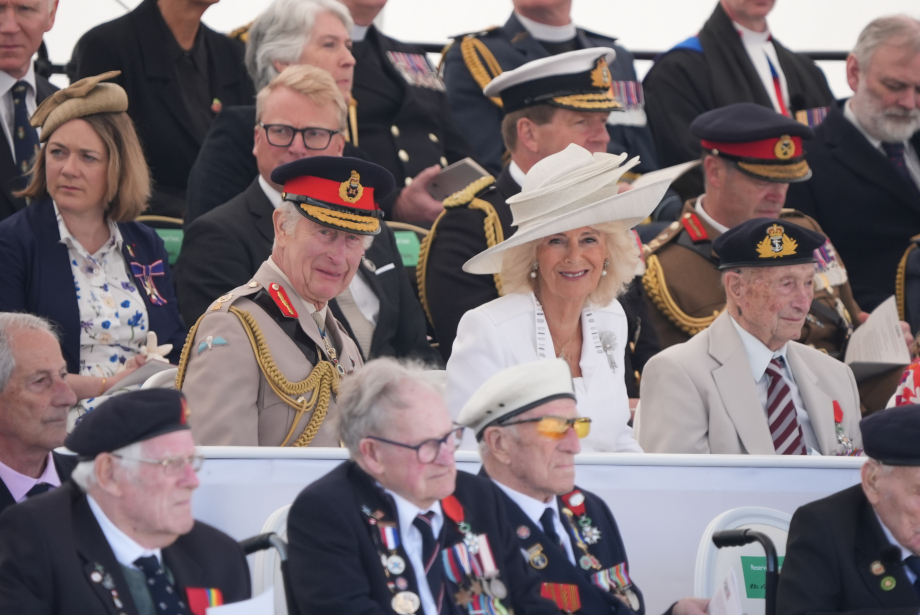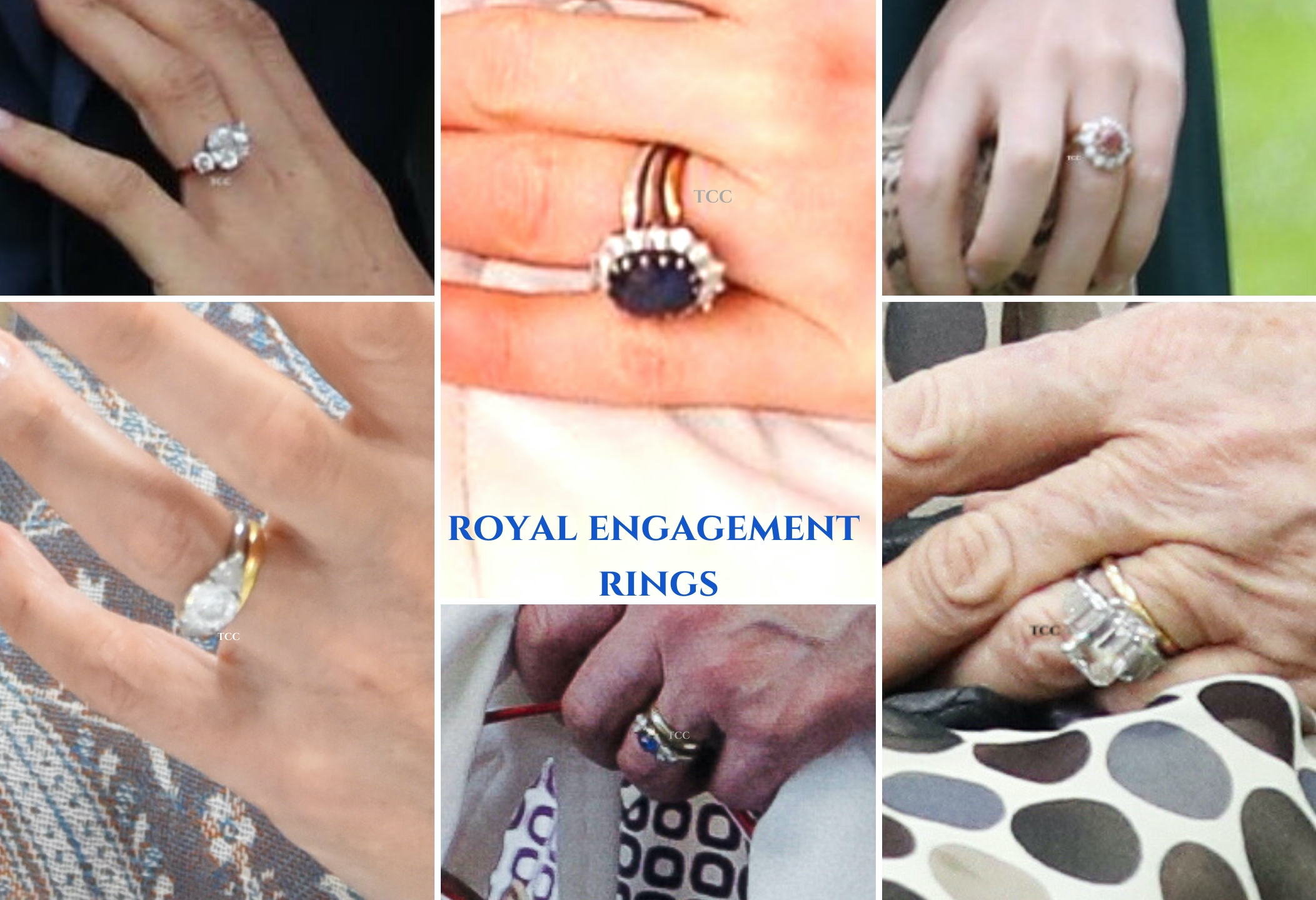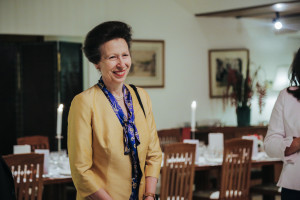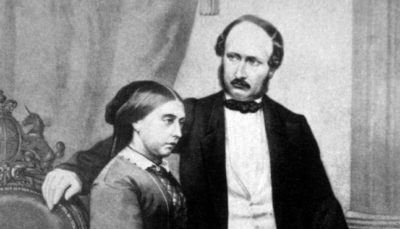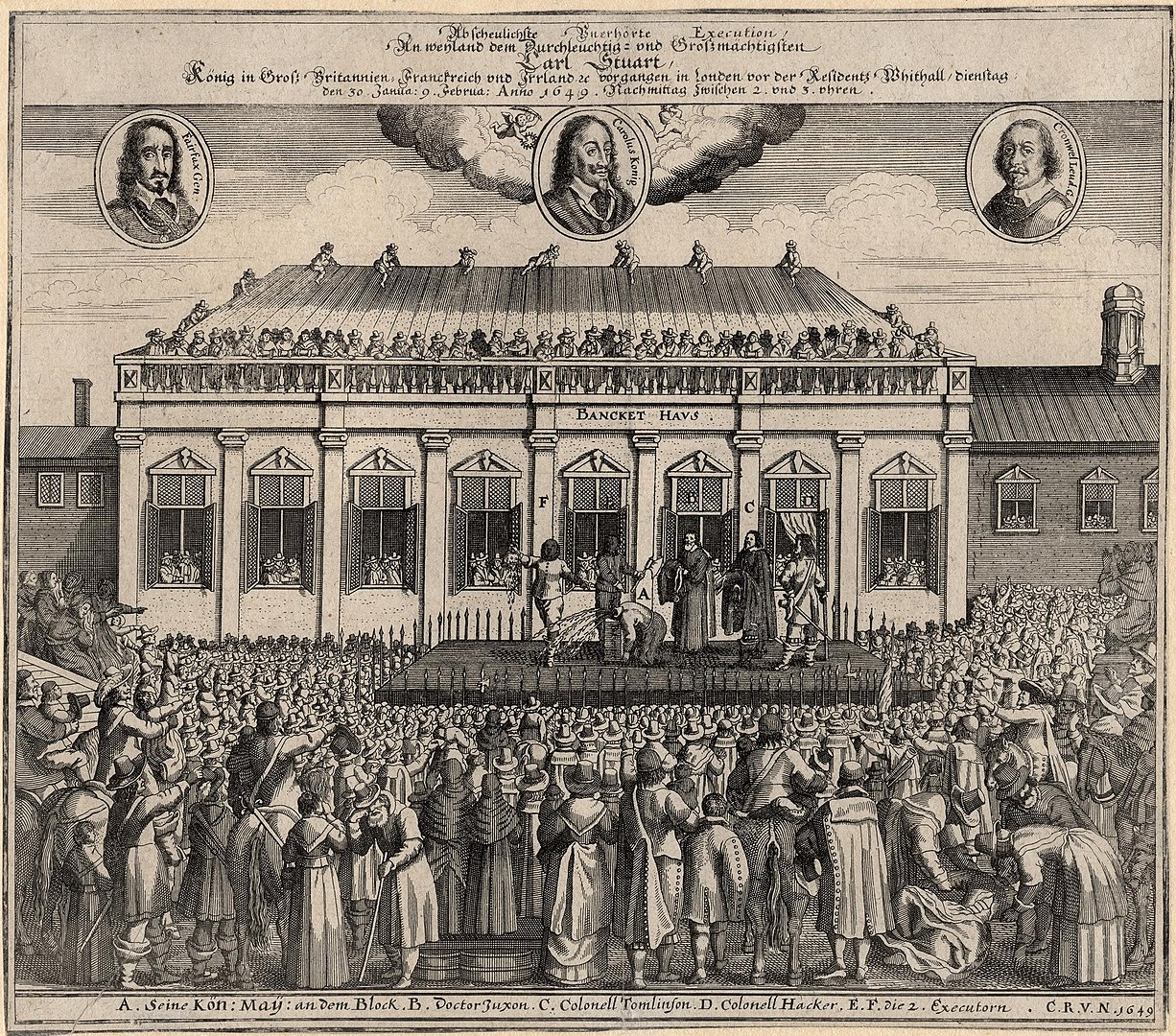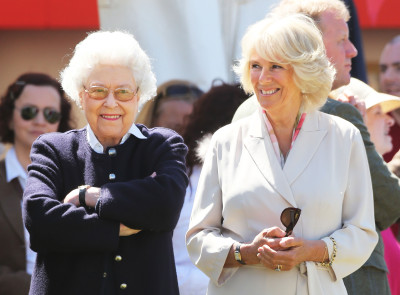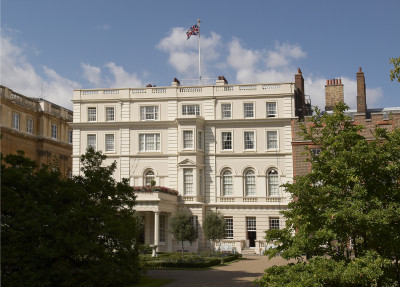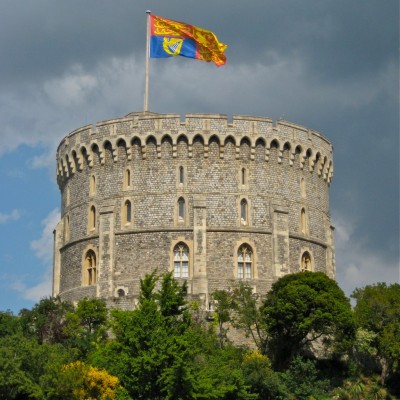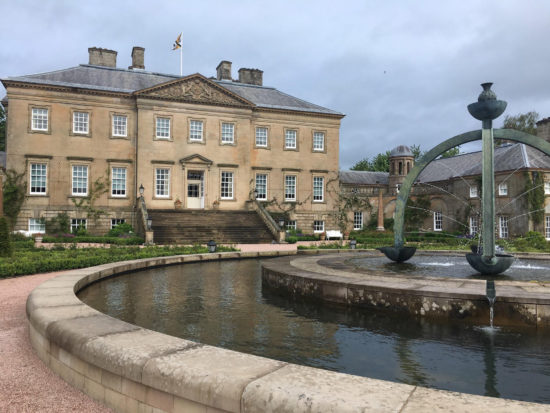For royal tiara and jewellery enthusiasts, nothing is ever quite as exciting as that first sweet glimpse of a royal bride in her wedding tiara.
On 6th May, that thrill will rise to a new level as we bask in the magnificent splendour of Queen Camilla arriving at her husband’s coronation in a newly-repurposed diamond-laden headpiece: Queen Mary’s Coronation Crown.
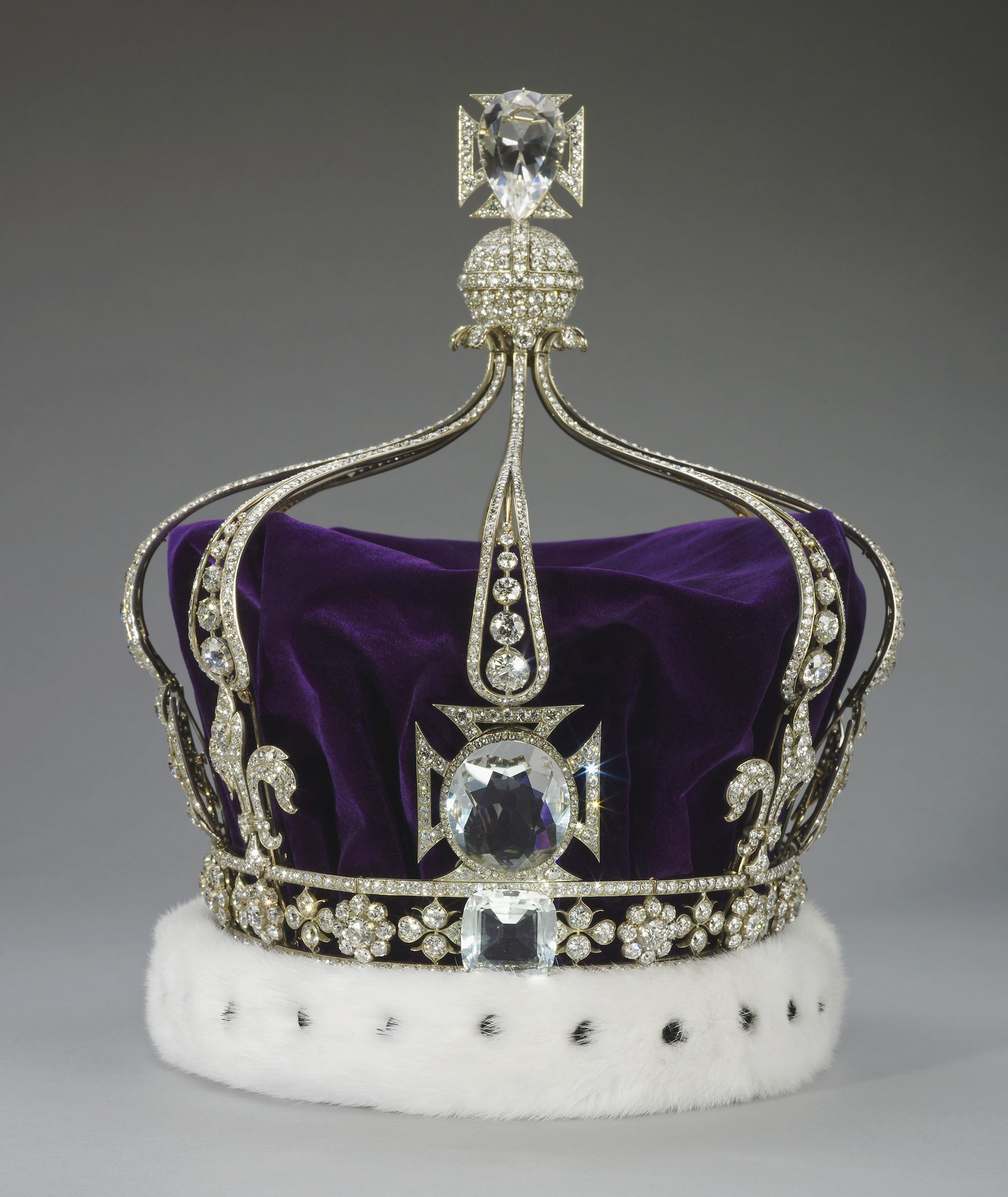
Queen Mary’s crown. (Royal Family)
Queen Mary’s Crown – a history:
Originally commissioned by Queen Mary in 1911, for George V’s Coronation the same year, the crown will be modified to create a modern design for our newest Queen Consort.
Designed by Garrard & Co, the stunning Art-Deco inspired crown measures 25cm (9.8 in) tall and weighs 590g (1.3 lbs). The main structure is comprised of 2200 rose cut and brilliant diamonds intrinsically positioned through the entirety of the silver-gilt frame. Eight tapered arches sit on top of the band, which are topped with a pave monde and cross featuring a large pear-shaped diamond.
At conception, the elegant and regal crown was fitted with the Koh-i-Noor diamond in the front of the band, as well as the Cullinan III (94.4 carats) beneath it, and Cullinan IV (63.6 carats) diamonds, in the top cross.
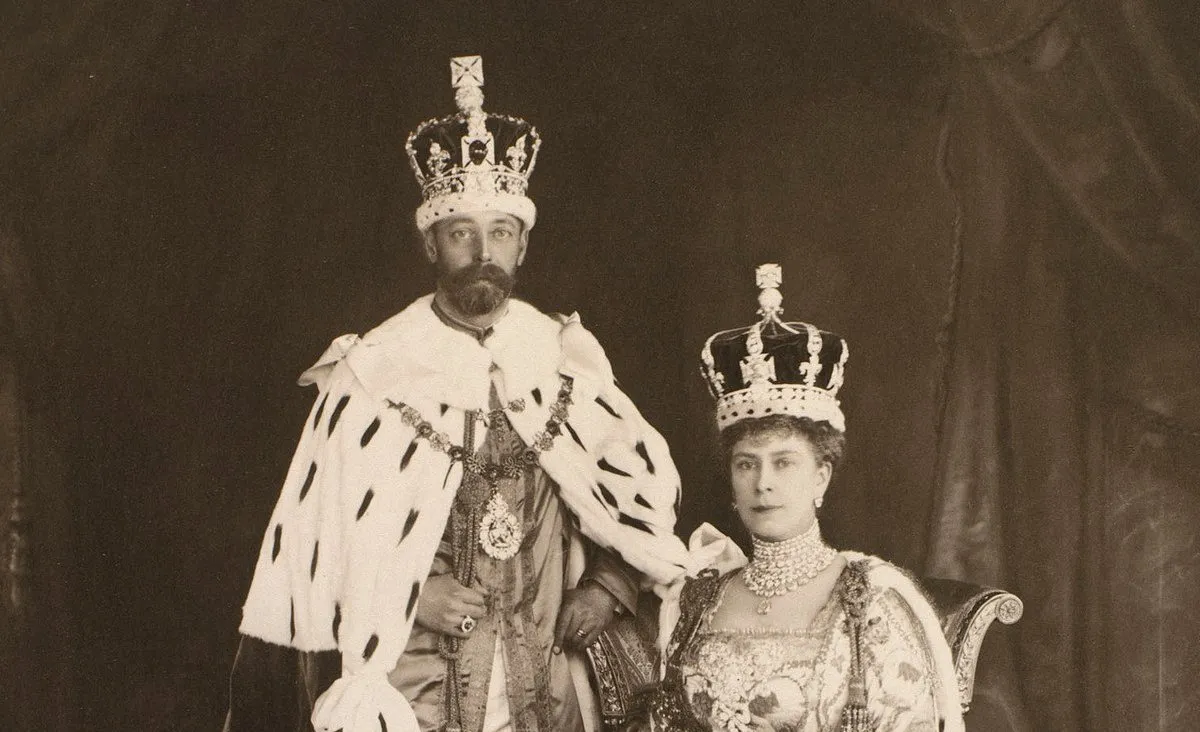
Queen Mary and George V at their coronation; Mary wears her coronation crown
The original Cullinan stone was found in 1905 at the Premier mine in South Africa, which was owned by Thomas Cullinan. Considered to be the largest rough, uncut diamond that had ever been discovered, the massive gem weighed an unheard-of 3,106 carats. This unbelievable specimen was cut into nine large stones and also an additional 96 smaller sized gems.
Many of these jewels – including the largest Cullinan I stone, sometimes called the Star of Africa – were then set into King Edward VII’s Sovereign’s Sceptre and the Imperial State Crown, part of the British Crown Jewels.

The Sovereign’s Sceptre with cross features Cullinan I diamond, or the Star of Africa, in the top of the piece (left, beneath the purple monde). (© Royal Collection Trust/© Her Majesty Queen Elizabeth II 2016)
The eight detachable arches of the crown were taken off to form a regal circlet for the Queen and the stunning Cullinan V was added. This coronet was worn by Queen Mary to the Coronation of her son, George VI, in 1937.
Camilla’s repurposed crown:
Amazingly, this will be the first time since the 18th century that an existing crown will be used at the coronation of a Queen Consort: usually, an original piece is commissioned for the event.
The consort of George II, Queen Caroline, was the last to reuse a piece. She chose to wear Mary of Modena’s coronation crown in 1727, which was made for James II’s consort in 1685.
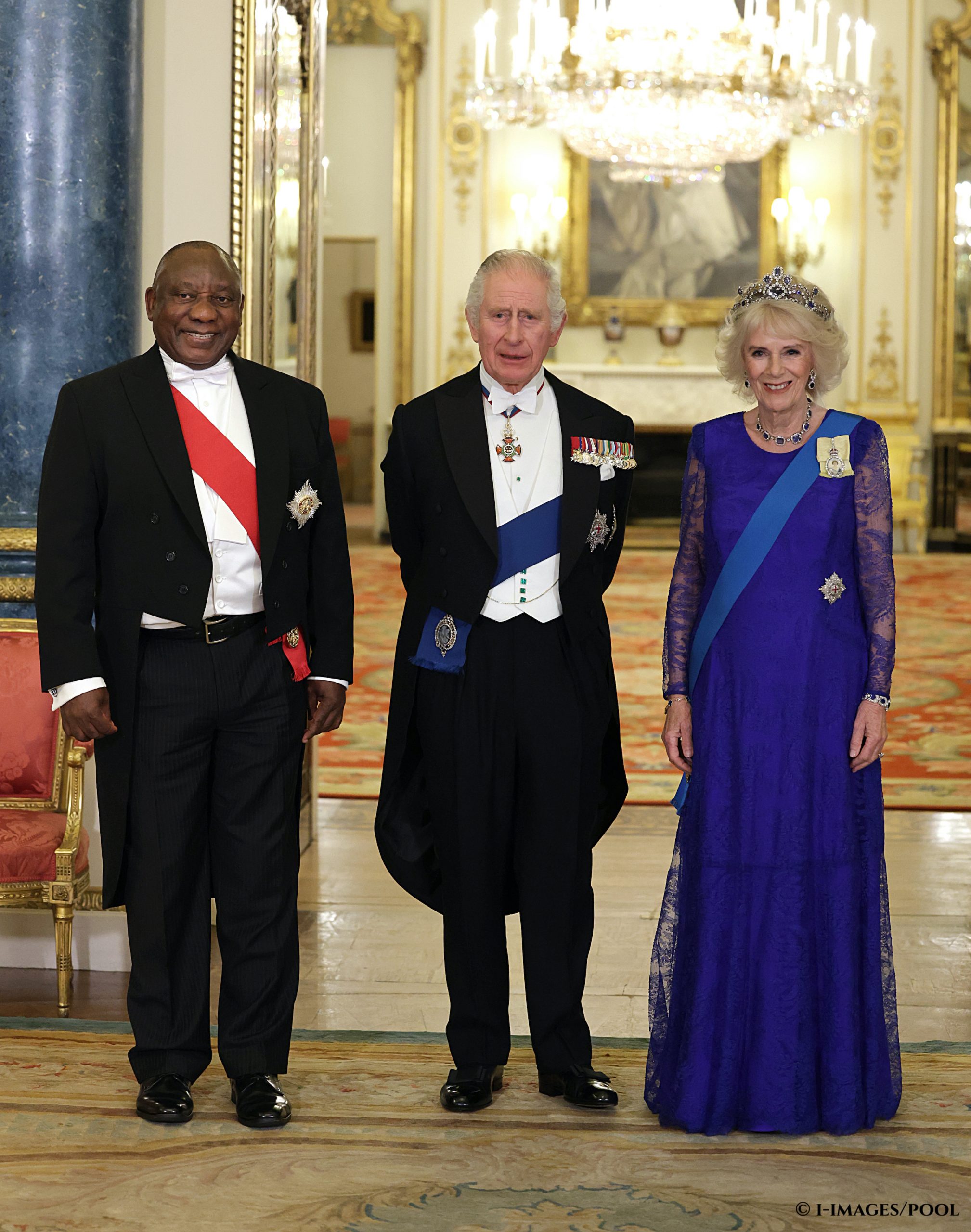
Camilla has already worn some major bling since becoming Queen, including Elizabeth II’s George VI sapphire suite
As explained by a Buckingham Palace spokesperson, the decision to repurpose the crown of Queen Mary was made by the new Queen Consort in the interest of not only ‘efficiency’, but ‘sustainability’ as well.
After inheriting the splendid Cullinan diamonds from her grandmother Mary, Queen Elizabeth II enjoyed wearing the Cullinan III and IV together, fashioned into an exquisite brooch.
In a touching and meaningful tribute to her late mother-in-law, the new Queen will have three of the Cullinan diamonds (III, IV and V) reset into the refurbished crown. The stones are a part of the late Queen’s personal jewellery collection.
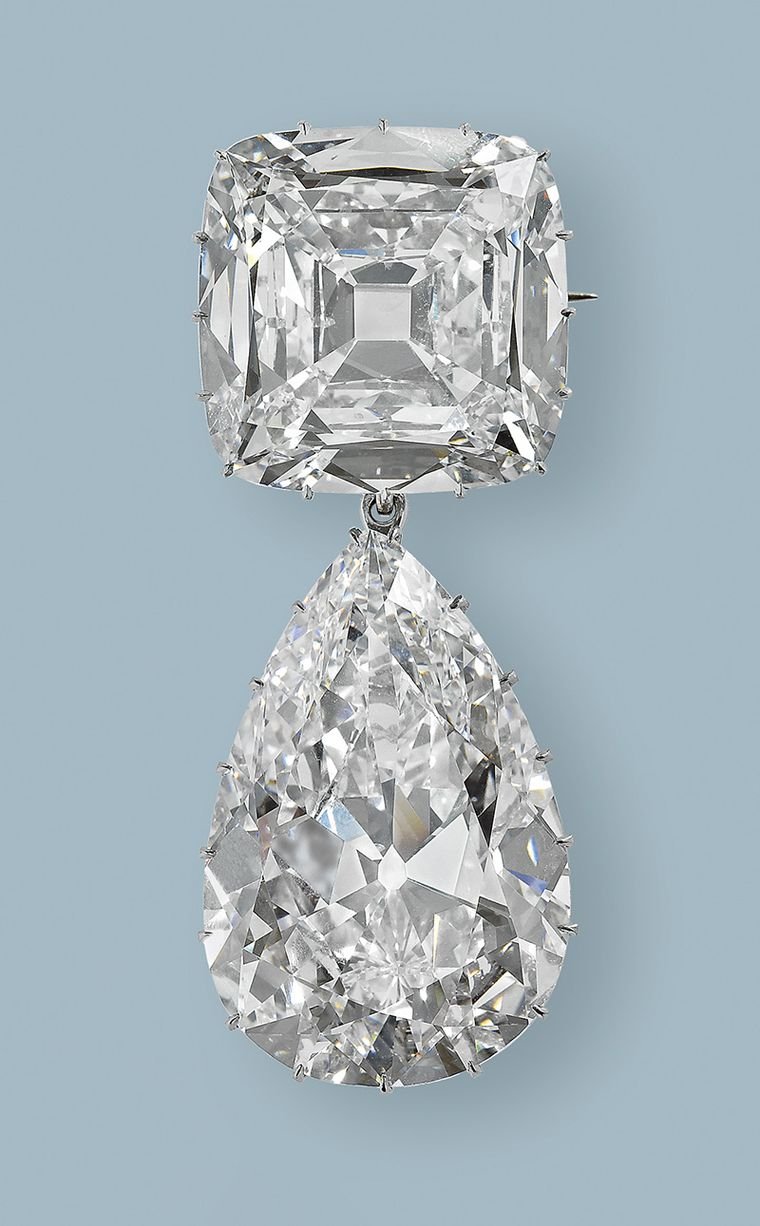
Cullinan III & IV brooch
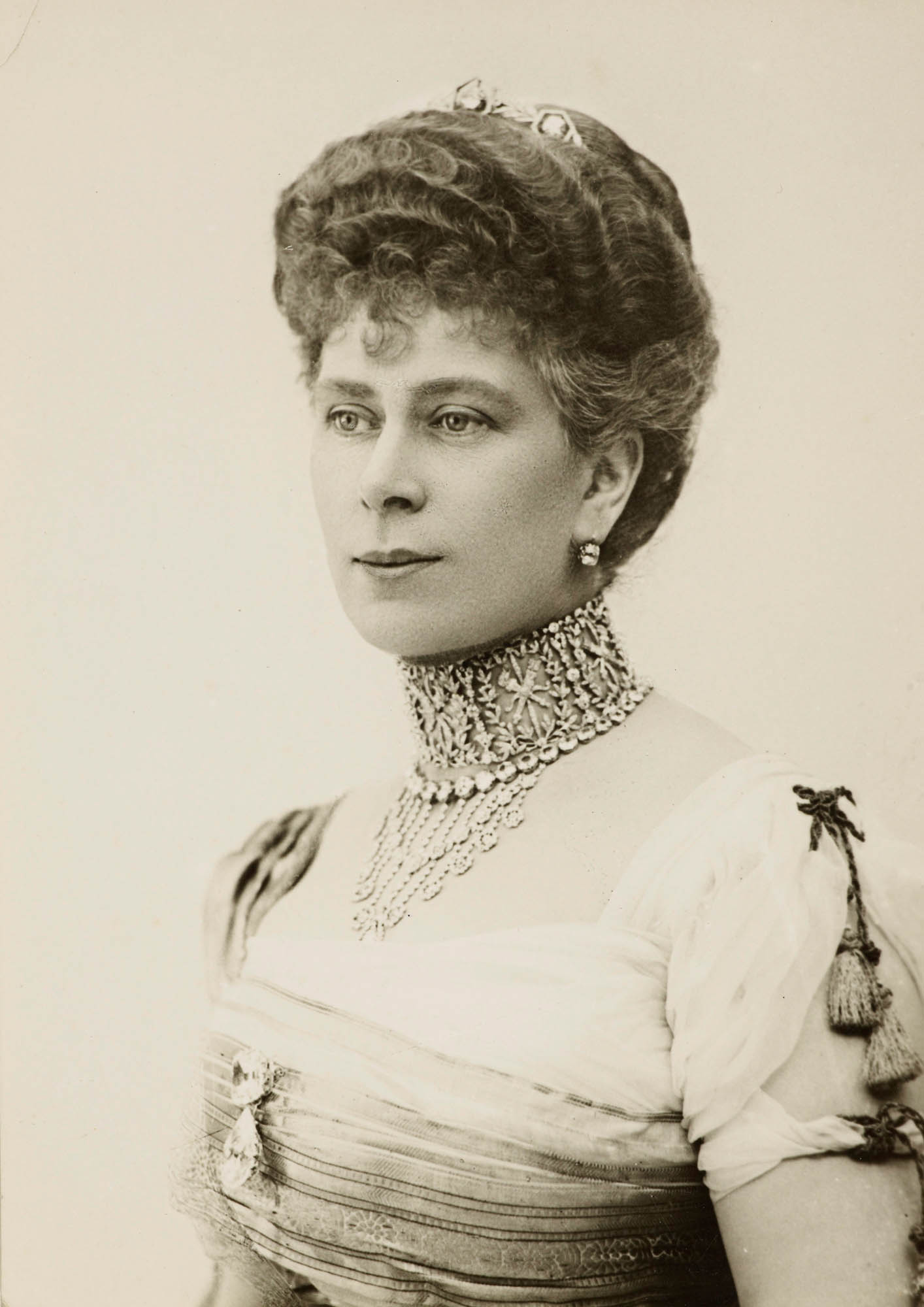
Queen Mary wears the Cullinan III and IV diamonds as a brooch on her dress
The Cullinan V stone was also part of a frequently-worn brooch that many will recognise, more recently at the ‘casual’ State Opening of Parliament in 2019. It is as yet unclear how this heart-shaped stone will be fitted into the headpiece.
We have also been told that Camilla will have four of the crown’s original eight thin, arches removed.

The Queen sits with Anna Wintour as they watch the Richard Quinn show at London Fashion Week in 2018; she wears the Cullinan V brooch

Cullinan V brooch
Controversy averted
It’s also worth noting that controversy may now be avoided by The Queen’s thoughtful decision. The crown of Queen Mary originally featured the glorious 105 carat Koh-i-Noor diamond. A number of different nations have claimed ownership of this sumptuous gem, with India being the most vocal of the group.
Unearthed in the Kollur mine, located in modern day Andhra Pradesh, India, the immense diamond was seized by the East India Company and given as a gift to Queen Victoria in the 19th century.
However, the circumstances in which it was handed over to the Company, which had conquered much of the Indian subcontinent by force for the British, are disputed.
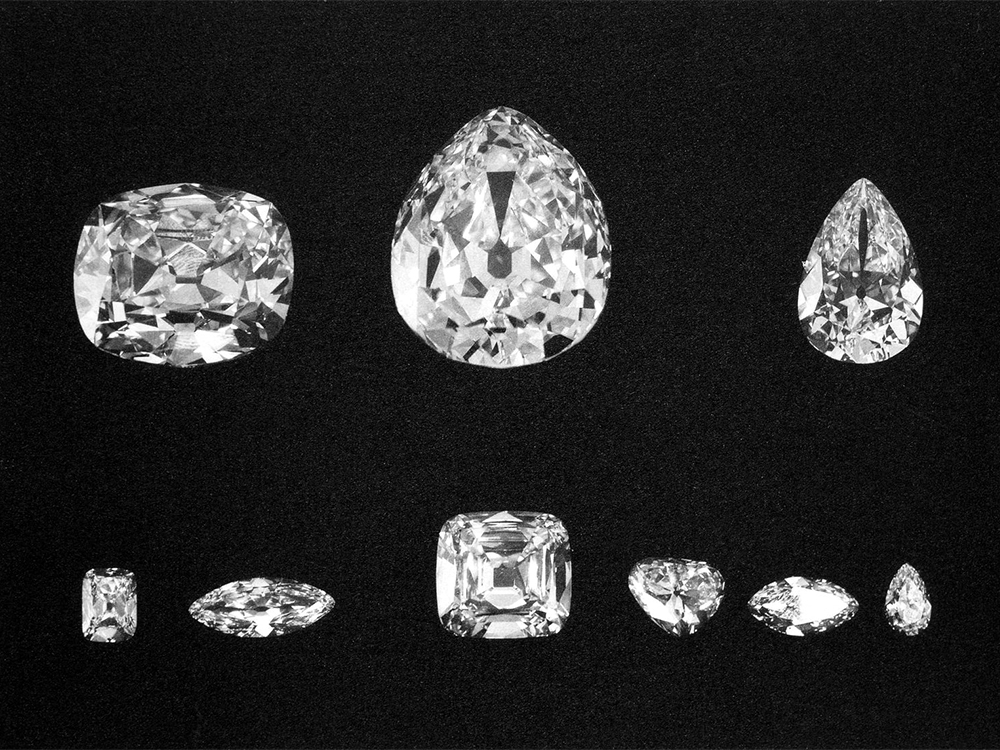
The Cullinan stone cut into its nine main parts (Wikimedia Commons/Public Domain)
The British government insists the gem was obtained legally under the terms of the Last Treaty of Lahore, and has rejected all claims to the stone.
The Koh-i-Noor was removed from Mary’s crown, replaced with a crystal stone, and installed into the new one made for Queen Elizabeth for the 1937 coronation of George VI. The stone remains set in the Queen Mother’s Crown to this day, with a legend of a curse attached to it. Only women can wear the stone: men who wear the diamond would ‘know misfortune’, the legend goes.
For years, India has demanded the return of the Koh-i-Noor diamond and it is expected that resetting this gem back into Mary’s crown could bring up some undesirable memories of the British Empire years, and lead to international tensions.
Over the years, it has been incredible to witness the many ways in which one can wear such magnificent and brilliant boulder-sized diamonds.
——
The new modifications will showcase Queen Camilla’s own personal and unique style. All that we have to do now is wait with bated breath for the thrilling arrival of the new King and Queen on Coronation Day!

